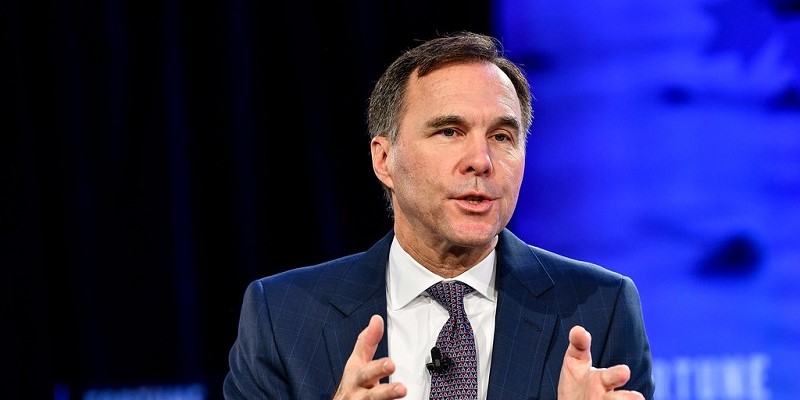Ottawa has a big spending problem

As the dust settles from Monday’s federal economic and fiscal update, it becomes ever more apparent that Ottawa does not have a revenue problem but a massive spending problem.
From budgetary revenues of $332.2 billion in 2018-19, the revenue total is expected to grow to $411.9 billion by 2024-25—an increase of nearly $80 billion or 24 per cent. At the same time, total expenditures will grow from $346.2 billion in 2018-19 to a projected $420.5 billion in 2024-25, representing an increase of $74 billion or 21 per cent. As a result, deficits will range from a projected high of $28.1 billion in 2020-21 to a low of $11.6 billion in 2024-25.
Assuming the projections hold, by 2024-25 Canada’s federal government will have run 17 consecutive deficits since 2007-08 (the last time there was not a deficit). This string of deficits will be the second-longest run in Canadian federal fiscal history superseded only by the 27-year run of deficits from 1970-71 to 1996-97, which culminated in the federal fiscal crisis. In third place would then be the run of deficits during the Great Depression and the Second World War.
The accumulated deficit since 2007-08—again, if projections hold—will have grown from $457.6 billion in 2007-08 to $809.7 billion by 2024-25, an increase of $352 billion.
Federal economic and fiscal policy poses quite the paradox. On one hand, Finance Minister Bill Morneau extols the strength of the Canadian economy and its superlative employment performance while at the same time continuing to run large deficits. If the economy is doing so well, why do we need to continue racking up mountains of federal debt?
At the same time, if one argues that the economy is doing well because of the deficit-financing and large debts stimulating the economy, then our prosperity is really an illusion. This illusion is even more disconcerting given that non-mortgage consumer debt is also on the rise fueling consumption rather than assets. So what happens to federal finances, and the economy, if there’s an economic slowdown that will both reduce government revenues and likely boost spending even more?
Much is made of the debt not being a pressing worry because of the current low interest rate environment and the projection of a falling debt-to-GDP ratio. Yet interest rates have become a double-edged sword. On the one hand, the low interest rates mean that debt charges—while growing—do not pose as great a problem as they might, given the current debt pile. But low interest rates give with one hand and take with the other. Low interest rates also mean that the expected return on pension investments will be low and require more money to be set aside as spending to meet federal government pension obligations. Indeed, the fiscal projections apparently have laid out an extra $31 billion in such spending over the next four years.
Federal economic policy has become a juggling act based on the interaction of interest rates, deficit-financing and consumer debt. Interest rates have become an odd double-barrelled threat that will increase government spending—whether they go up or down. Clearly, Ottawa has a big spending problem. This state of affairs is a recipe for disaster.

